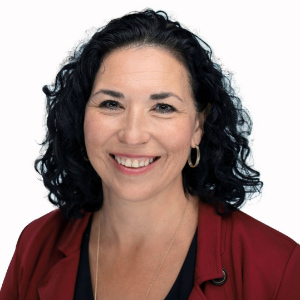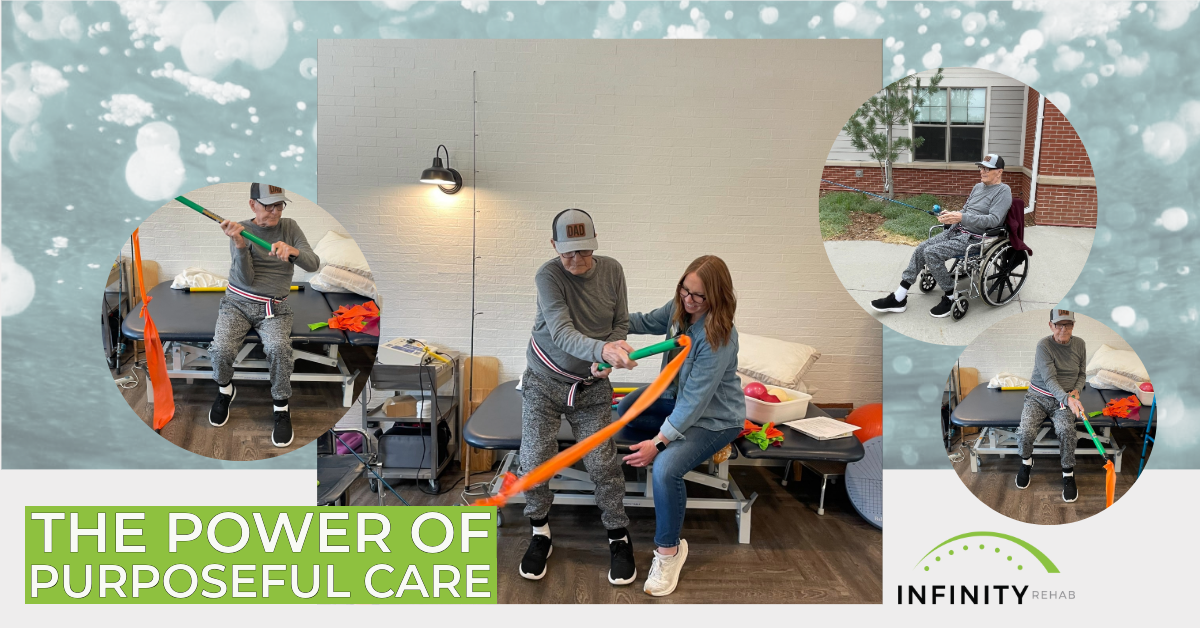Do you or your therapy team members consistently work on medication management as a part of your treatment plan? As a treating OT with Infinity Rehab, I would occasionally include medication management as a goal in my plan of care. More often than not, I would assume that someone else was providing the proper education prior to discharging home. I now know this was a dangerous assumption. The research shows that our patient population needs more help in managing this critical task.
What is the cost of medication nonadherence in healthcare? The numbers are staggering:
- Adverse drug events cause over 700,000 emergency department visits each year (CDC)
- Older adults are nearly seven times more likely to be hospitalized after an emergency visit. (CDC)
- 125,000 estimated deaths occur per year in the U.S. due to medication nonadherence. (Public Health Reports)
- $337 Billion: Estimated direct and indirect costs from medication nonadherence in 2013 (Express Scripts)
- 50% of patients do not take their medication as prescribed (AMA)
- 38% Increased risk of heart attacks or strokes to nonadherent Medicare beneficiaries compared to those who take their medications (CDC)
- 25% of new prescriptions are never filled (AMA)
- 9 Million (or more than a quarter) of Medicare Part D beneficiaries on blood pressure medications failed to adhere to their regimens in 2014 (CDC)
- $4,653: Amount extra spent each year on healthcare for diabetics if they have multiple medical conditions and fail to take all their meds (American Journal of Managed Care)
- 59% of U.S. adults took at least one prescription medication in 2012 compared with 51% in 2000 (JAMA)
I see this as a call to action for therapists in long-term care. Therapists are instrumental in assisting our patients to develop self-care skills in the area of medication management. We are particularly qualified to assess routines, activities, habits, and cognition and, with that information, develop client-centered interventions to improve outcomes with this critically important activity of daily living.
What is the best way for therapists to provide skilled intervention to our clients? Let’s look to the research and evidence to set an effective path forward.
Sanders and Van Oss (2013) outline the need to develop client-centered models for teaching and training older adults to effectively manage their medications.
Ryan and Wagner (2003) describe their study of non-intentional medication non-adherence, or forgetting to take medications on a particular day at the appropriate time. Asking, “How do community-dwelling older adults taking four or more medications adhere to a daily medication regimen,” the study indicates that establishing routine habits around location, time, and environmental cues (or “intentional interventions”) for medication administration significantly improves medication adherence.
Liu and Park (2004) suggest that older adults were more successful managing their medications around an activity-based task or routine. Routines, defined as clusters of semi-automatic habits, increase the efficiency of regular performances because of the minimal demand on cognitive processes, such as memory and decision-making (Radomski and Davis, 2002). In contrast, time-based tasks require cognitive strategies and are less effective for success in medication management.
Sander and Van Oss (2013) had the majority of participants use activity-based methods to successfully complete their medication management. Even when participants described successful medication management using time-based strategies, environmental cues or routines were used to establish specific times to take medications (examples include using an alarm clock or a specific TV show).
The following excerpts from the study by Sanders and Van Oss (2013) exemplify the client-centered unique plans that participants developed.
- A 66-year-old retired woman illustrated the detailed and well-choreographed nature of her medication-taking sequence around breakfast, Good Morning America (GMA), and the local weather in an excerpt from the field notes:
She turns on her Keurig coffee maker, retrieves pills from the kitchen cabinet, and sets them on the table. “The coffee takes just 1 minute, so I just double check I have enough pills while it’s brewing.” Once coffee is ready, she pours the coffee, sits down at her kitchen table, watches GMA news, and takes the pills at the local weather break.
- Another 67-year-old woman, who took 42 pills weekly, took her medications during her dinner mealtime routine:
Mrs. Smith kept her medications in the center of the dining room table since she takes her medications with meals . . . that way she can see them as a reminder. “I take out the pills I need for each meal when I set the table (to help me remember). I take the pills right after I finish my meal before clearing the table with a full glass of water.”
Routines embedded in ADLs were common: breakfast, dinner, morning hygiene, and evening routines were reported the most frequently.
Social support systems were required by the majority of the participants, most commonly regarding system management, providing verbal reminders, and help in picking up or arranging for prescription refills.
Each participant in the study developed unique medication plans and specific habits that became embedded with other daily routines.
Sander and Van Oss (2013), conclude their paper with the following summation, which provides guidance for clinicians in assisting clients with development of medication routines:
Findings suggest that therapy practitioners must first collaborate with clients to identify the most realistic routine in which a medication habit can be embedded, then identify the location (or social context), and finally identify the cues that will trigger the medication habit. Discussion should include not only the physical environment but also the social environment that will support the new habit.
On the basis of the Sander and Van Oss study’s findings and the literature, the following process for developing a medication management habit is recommended:
- Review goals for taking medications: dosage, timing, and instructions.
- Document the client’s typical daily routine.
- Identify the specific sequence of activity in which a medication habit can realistically be embedded.
- Identify the preceding activity, specific location, and support needed for taking medication.
- Set up the environment to support taking medications.
- Try out the new medication habit within the routine.
- Appraise the process; make modifications if necessary.
- Practice the entire medication habit until automatic.
The American Occupational Therapy Association created resources to assist in developing programs to support teaching and training of activity based medication programs. Smartphone apps and reminders are available for review. Although apps and phone reminders can help people remember to take medications, the following five tips were developed by occupational therapy practitioners to help clients manage their medications successfully.
- Incorporate medications into daily routines. Do you eat breakfast at the same time every day? Do you have a nightly routine to wind down? How about reading the daily newspaper?
- Utilize environmental cues. Signals in everyday life can serve as reminders. One woman takes her medications when the first local weather report comes on Good Morning America.
- Store medications in a highly visible area of the home. Storing medications in areas that coincide with daily routines, such as making coffee or using the bathroom, can trigger a reminder.
- Use a gadget. There are many high- and low-tech items on the market. Pillbox planners can take the guesswork out of taking medications. Some pillboxes can be programmed with timed audio messages and vibrations.
- Plan for vacation and changes in schedules. Taking your medications should not take a vacation even when you do.
I advise all occupational therapists to assess every skilled patient for the ability to properly manage medications. Medication management should be included in plans of treatment for those patients with planned discharges to home. Once you initiate this practice and see the results, please share those stories with myself and your colleagues.
JoLynn Munro, MS, OTR/L – President
After attending Carroll College, in her home state of Montana, JoLynn earned a Master’s Degree in Occupational Therapy from Washington University, in St Louis, MO. JoLynn’s years of clinical therapy experience include psychology, hand therapy, work hardening, acute care, inpatient rehab, and geriatric rehab. In addition, JoLynn has extensive professional experience in rehab management and operations. JoLynn joined Infinity Rehab in 2007, serving as an Area Rehab Director before being promoted to Regional Director of Operations. In 2013, JoLynn was promoted to her current position as Regional Vice President of Operations. JoLynn’s area of responsibility includes Washington, Idaho, and Alaska in the Northwest, Arizona in the Southwest, and Illinois and Nebraska in the Midwest. JoLynn believes the Infinity culture, people, and leadership are unique within the healthcare industry, and feels blessed to be part of such a high quality and visionary organization.







